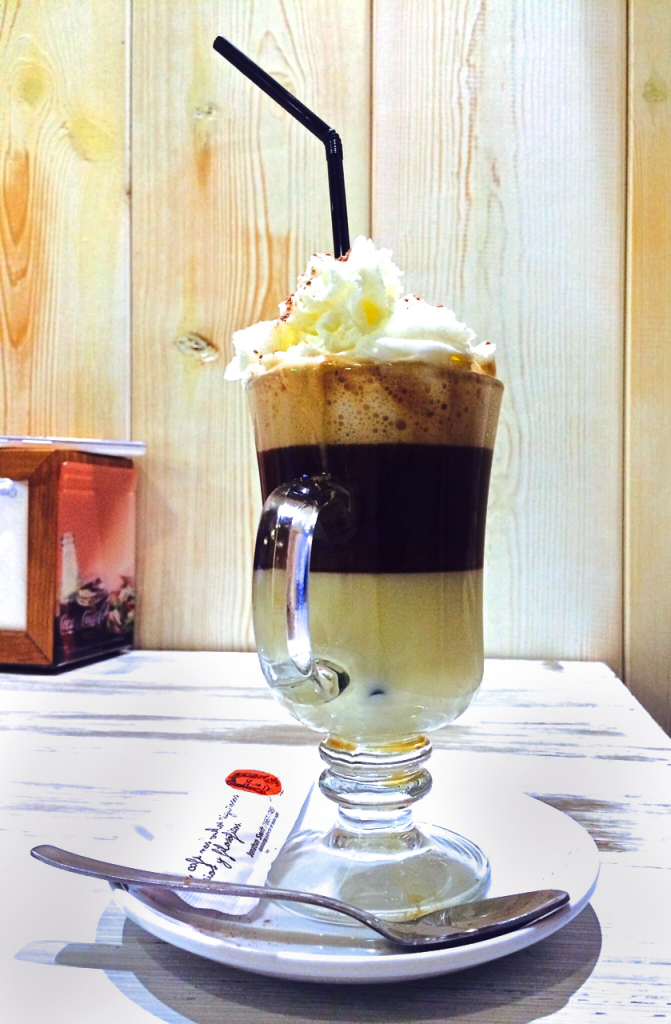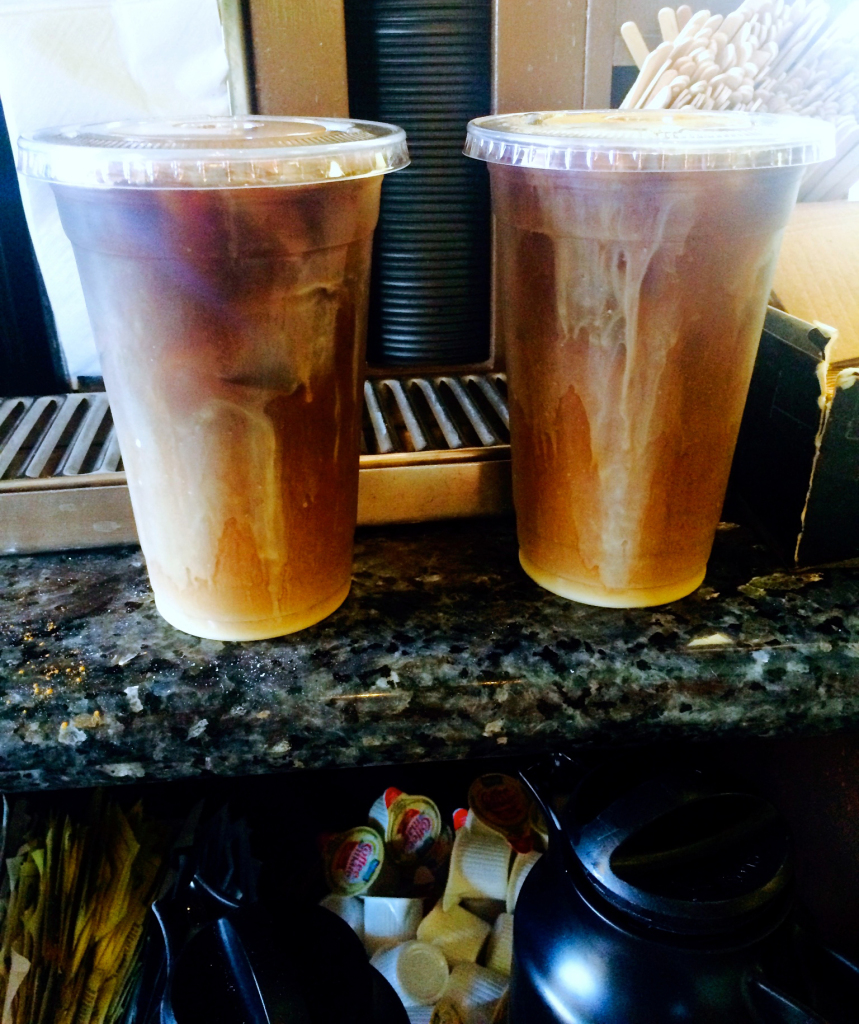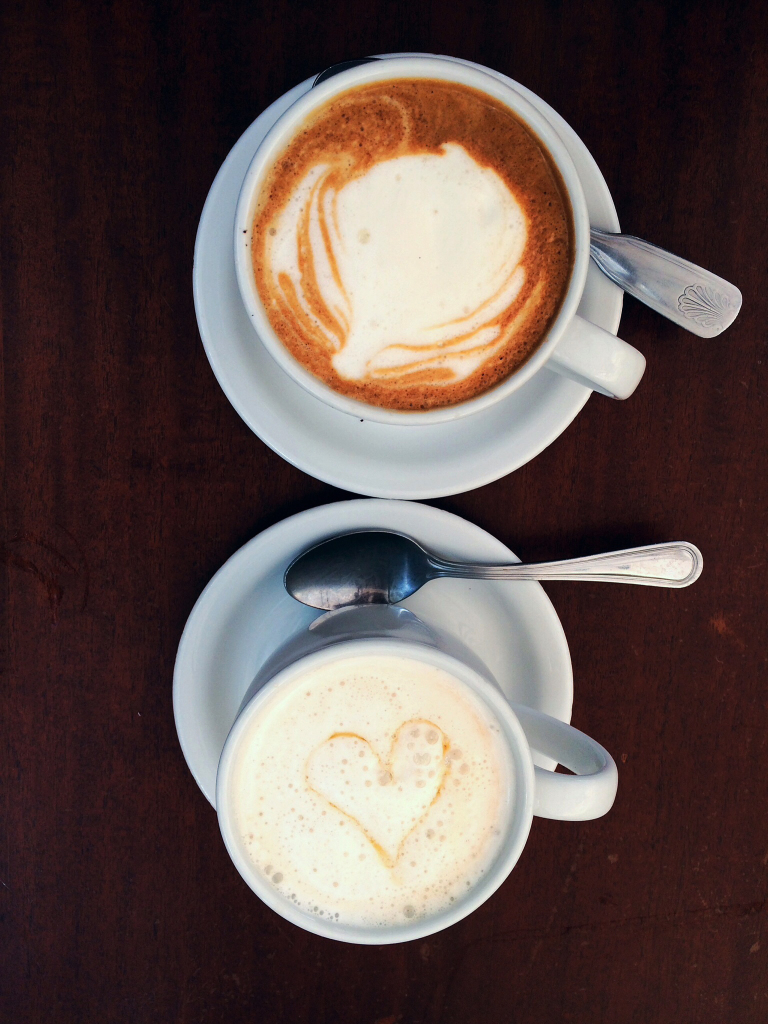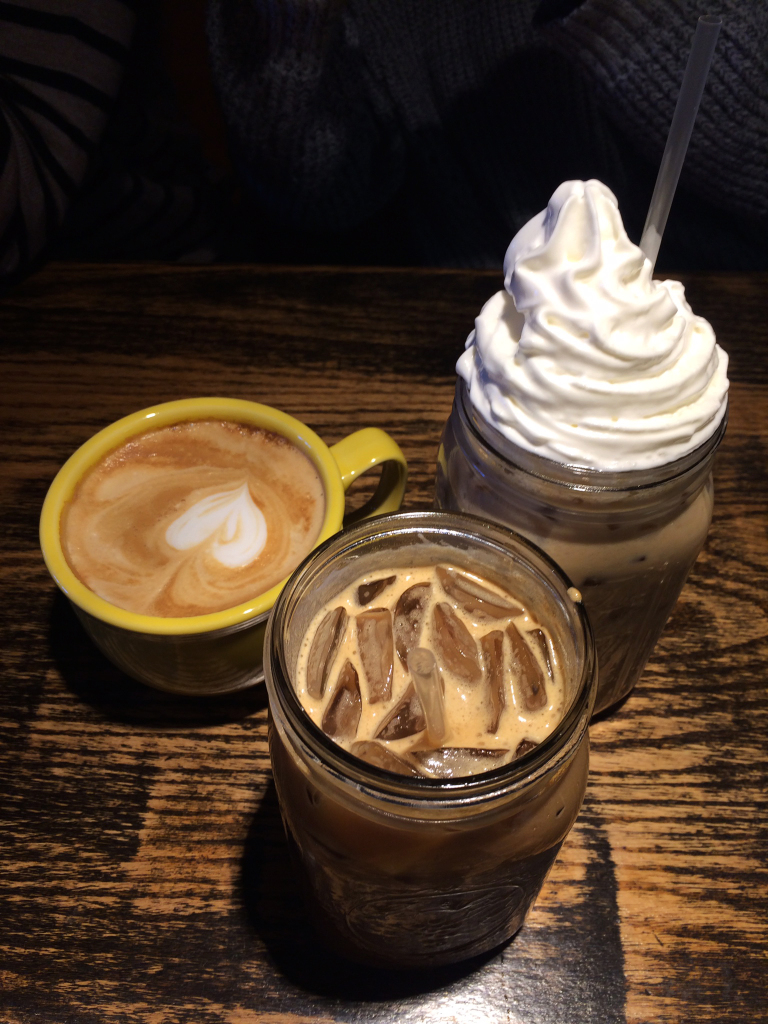Coffee shop menus can be overwhelming. Unless you go with the intention of just getting the same old brew, you can find yourself at a loss as you try to navigate the espresso menu and figure out exactly what the fancy foreign words mean. As someone who has been interested in Italian coffee culture for years, I thought that I at least knew the difference between a cappuccino and a latte. The unfortunate fact is I did not, as a visit to Willoughby’s last summer revealed. Worn out from the humid and hot weather, I asked for an iced cappuccino from the barista. She gave me a puzzled look and told me that what I actually wanted was an iced latte, which she then prepared for me.
Ok, I’ll be honest: I wasn’t totally surprised when she responded to me like that. To be considered a cappuccino, about one third of the beverage has to be hot steamed milk foam, with one third heated liquid milk inside. Now, can’t you put hot frothed milk on an iced version of the drink? You can, and you might actually if you are in some other coffee shops in New Haven (or elsewhere). But it ends up being a failure, since only the bottom part of the beverage is iced, while the top layer is hot, steamed foam, mixing with the cold milk and espresso and warming the top of the drink. And if you think that iced cappuccino you had was the most delicious invention in the world, chances are it was actually a dessert drink prepared with whipped cream that ended up being more like a coffee milkshake (not that coffee milkshakes aren’t delicious, they’re just not iced cappuccinos).

Photo by Katie Fletcher
So, why does an iced latte makes more sense than an iced cappuccino? First of all, the ratio of the foam to milk in a latte is different — one-third espresso, two-thirds heated milk and a very thin layer of foam on top. Moreover, baristas usually do not add foam if you want your latte iced, so what you have is a purely cold drink made of espresso, milk and ice. This high ratio of milk also explains why lattes (if prepared in the right way) taste milder and more creamy than cappuccinos.

Photo by Katie Fletcher
What about other types of coffees prepared with milk? Before I left Turkey, I had never heard of café au lait. I thought it was just the French name for latte (after all, that’s what Google Translate suggested). Café au lait, however, is made of brewed coffee and milk—with a 1:1 ratio—instead of espresso and milk. However, this distinction only exists in the US; in Europe, café au lait is made of espresso instead, which makes it virtually the same drink as our latte. So, which one should you go for? I personally recommend drinking a latte instead of café au lait, as I like espresso’s strength over brewed coffee (props to Italians for finding espresso).

Photo by Katie Fletcher
This brings us to our final drink: the macchiato. The macchiato is relatively less common than the other types of coffees mentioned here. Unlike the macchiato you can get at Starbucks, a real macchiato is comprised only of one shot of espresso and milk foam. Because of this it tastes much stronger than a latte or cappuccino. So, although Starbucks might make you think it’s just like a latte doused with caramel syrup, a macchiato is actually more of a mini cappuccino with less milk.

Photo by Katie Fletcher
This is just a small overview of the milky coffee family. There’s nothing wrong with ordering a brewed coffee with room for milk, but in case you want to try something a bit different, now you know what you’re really ordering. Unfortunately, not all coffee shops follow these rules when preparing their products, so you still cannot be totally sure. But you might want to think twice about ordering an iced cappuccino at Willoughby’s…I certainly learned my lesson.
Further Reading:
Four Alternatives to Starbucks’ Pumpkin Spice Latte
Taste Test, Oreo Edition: Tim Horton’s vs. Dunkin Donuts
Sources:
Please Stop Ordering Iced Cappucinos

